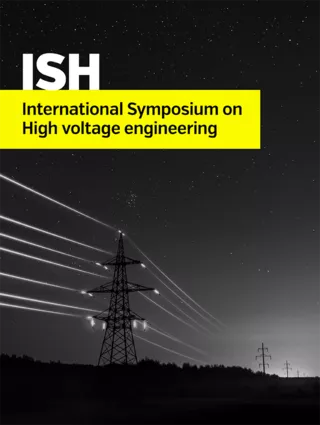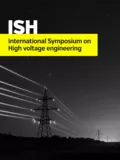Summary
This contribution describes the influence of measurement duration and frequency range on the accuracy of dielectric response analysis and derives proposals to shorten the measurement duration. Dielectric response analysis (depending on the literature source called Frequency Domain Spectroscopy FDS, Polarisation and Depolarisation Currents PDC or Dielectric Frequency Response DFR) has been developed as a tool for assessing the condition of oil-paper insulations in HV equipment. Particularly in power transformers, the analysis of the dielectric response yields moisture content in the solid insulation and oil conductivity. However, the measurement of the dielectric response consumes precious outage time and can range up to several hours. This leads to the main motivation of this paper: searching for ways to shorten the measurement time. How does the measured time span or frequency range influence the accuracy of dielectric response analysis? If information is taken away, how much does this influence the analysed water content and oil conductivity? 181 measurement records from real power transformers have been statistically analysed. The measurement time has been cut to 100 s, 300 s, 1000 s and 3000 s. All thus processed data have been analysed and compared to the full original measurement, i.e. 10’000 s in most cases. If equivalence of frequency domain to time domain data can be assumed (which is the case for linear time-invariant systems), these measurement times would equal in frequency domain to 10 mHz, 3,3 mHz, 1 mHz, 0,33 mHz and the original 0,1 mHz. The shortened data have been compared to the full data set and dissipation factor (0.1 and 1 mHz), water content and oil conductivity have been determined. The authors found that a measurement time of 3000 s (resulting in a measurement time of around 50 minutes) is sufficient for all transformers, even if cold and dry. A longer measurement time does not significantly improve the accuracy of dielectric response analysis. Looking for a physical foundation of their statistical analysis the authors investigated specific parameters in the dielectric response. The authors found that the increase in polarizability, or in other words the increase of capacitance, provides a good marker for an accurate analysis. These findings allow for a time range (equivalent to frequency range) that is automatically adapted to the condition of the dielectric. In most cases this new time range results into a shorter measurement duration that is even based upon physical understanding of the dielectrics behaviour.
Additional informations
| Publication type | ISH Collection |
|---|---|
| Reference | ISH2017_320 |
| Publication year | |
| Publisher | ISH |
| File size | 646 KB |
| Pages number | 6 |
| Price for non member | Free |
| Price for member | Free |
Keywords
Power Transformers, Oil-Paper Insulations, Dielectric Response Analysis, PDC, FDS, DFR


